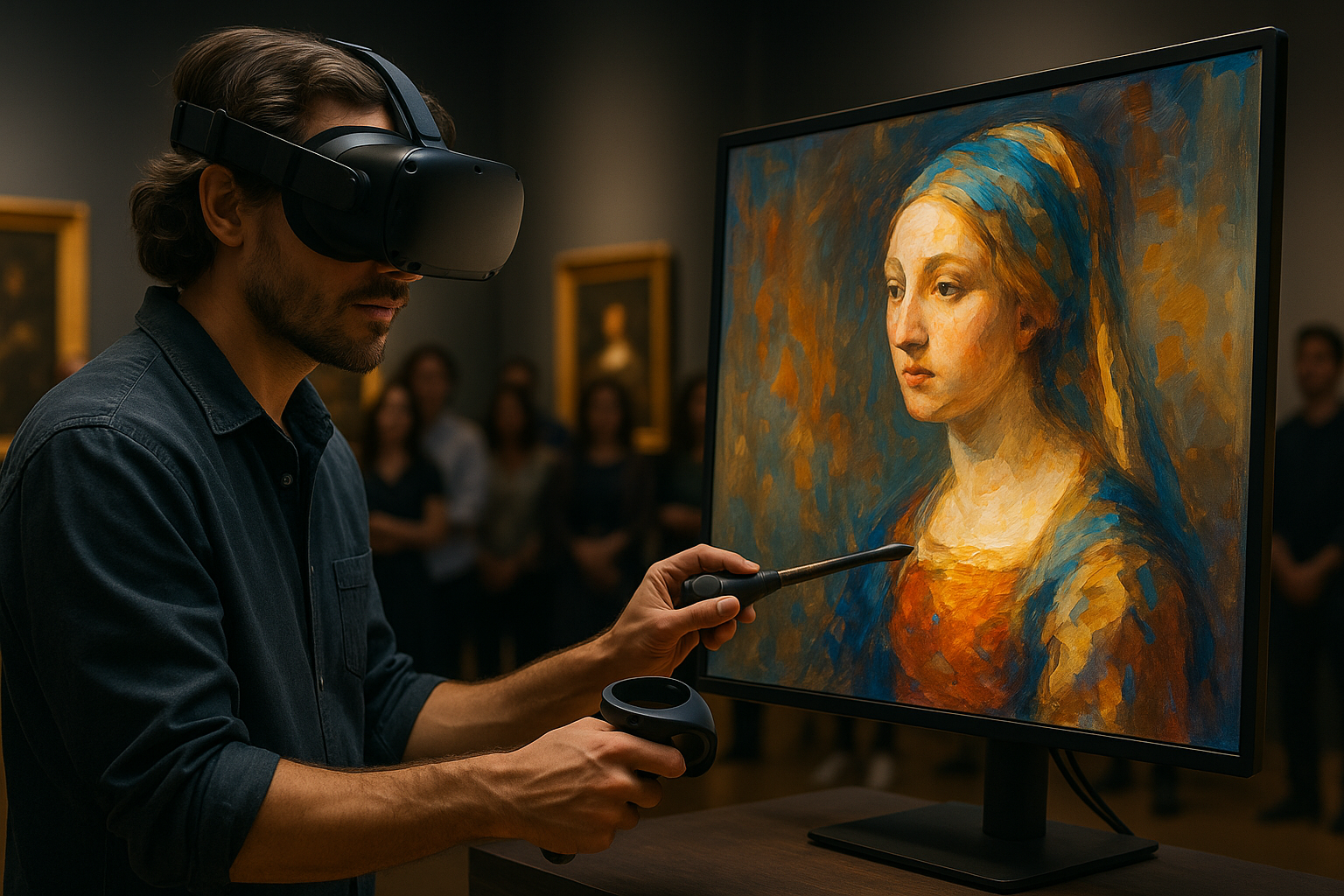Digitizing cultural archives to expand international access
Digitizing cultural archives bridges local heritage and international audiences by converting physical materials into accessible digital formats. This process addresses conservation needs, supports new curation practices, and creates hybrid presentation models that combine livestream, residency documentation, and interactive narrative experiences for diverse audiences.

Digitizing cultural archives creates pathways for collections, performances, and community narratives to travel beyond physical borders. By capturing digitized images, recordings, and descriptive metadata, institutions can preserve fragile materials while enabling researchers, artists, and audiences around the world to engage with content that was previously constrained by geography or conservation concerns. This shift changes how setdesign, choreography, and installation work are documented and shared, and invites new modes of curation and audience participation.
How does digitization change performance archives?
Digitization alters the lifecycle of performance documentation by creating durable digital surrogates of ephemeral events. High-quality video, timed metadata, and annotated transcripts allow choreography and setdesign to be studied long after a live run concludes. For researchers and practitioners, these records support comparative analysis and pedagogical use while preserving contextual narrative about production choices. Performance digitization also supports hybrid programming, where recorded elements can be combined with live events to extend reach and reframe audience engagement across time zones.
What role does curation play in online collections?
Curation shapes the meaning and discoverability of digital archives: selecting materials, designing metadata schemas, and crafting online narratives guide how audiences interpret content. Curators work with artists to preserve intent while enabling broader access, balancing respectful representation with searchability and usability. Thoughtful curation integrates provenance, rights information, and multilingual descriptions to increase accessibility. In digital spaces, curation can present thematic pathways—linking residency outputs, installations, and conservation records—so users encounter coherent stories instead of isolated files.
How can choreography and setdesign be documented?
Documenting choreography and setdesign requires multimodal approaches: motion capture, high-resolution photography, schematics, rehearsal notes, and oral histories combine to form a comprehensive record. Annotated video with time-stamped commentary supports technical analysis and teaching. Including setdesign plans, lighting cues, and materials lists helps conservators and future production teams understand decisions and practical constraints. Where possible, adding narrative context—why a choice was made or how an audience reacted—enriches the archive and supports interdisciplinary research across performance studies and design.
How are soundscapes and livestreams preserved?
Preserving soundscapes and livestreams demands attention to audio fidelity, file formats, and contextual metadata. Soundscapes capture ambience and spatial relationships that are integral to installations and performances; high-bitrate recordings and spatial audio techniques help retain these qualities. Livestreams should be archived with timestamps, chat logs, and descriptive notes to preserve interaction and audience response. Proper digitization workflows include redundancy, format migration plans, and accessibility features such as captions and transcripts to ensure long-term usability of these temporal resources.
How does digitization improve accessibility and audience reach?
Digitization improves accessibility by providing alternative formats, searchable captions, and descriptive metadata that support diverse user needs. Digital archives can be optimized for screen readers, multilingual interfaces, and bandwidth-sensitive delivery to reach global audiences. Hybrid programs that combine recorded material with live online components create flexible participation options for remote viewers and local visitors alike. Expanding access also requires attention to licensing and rights management so materials can be shared ethically while preserving creators’ control over how their work circulates.
What does conservation look like for residencies and installations?
Conservation of residency outputs and installations involves documenting material culture and ephemeral practices in ways that anticipate future restoration and reinterpretation. This includes condition reports, materials analysis, conservation treatment records, and detailed photographs. For site-specific work, geospatial data and environmental monitoring logs may be archived alongside artist statements and fabrication notes. Digital conservation strategies also include backups, checksum verification, and format migration policies to protect files. Preserving narrative context—artist intent, audience interaction, and community significance—ensures that digital records remain meaningful.
Digitization is not only a technical process but a curatorial and ethical practice that requires collaboration among archivists, artists, conservators, and communities. Integrating performance documentation, soundscapes, livestream archives, and detailed records of choreography and setdesign builds richer resources for research, education, and creative reuse. By prioritizing accessibility, robust metadata, and conservation-aware workflows, institutions can expand international access while maintaining the integrity and intent of cultural materials.




